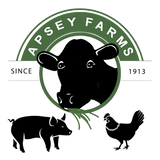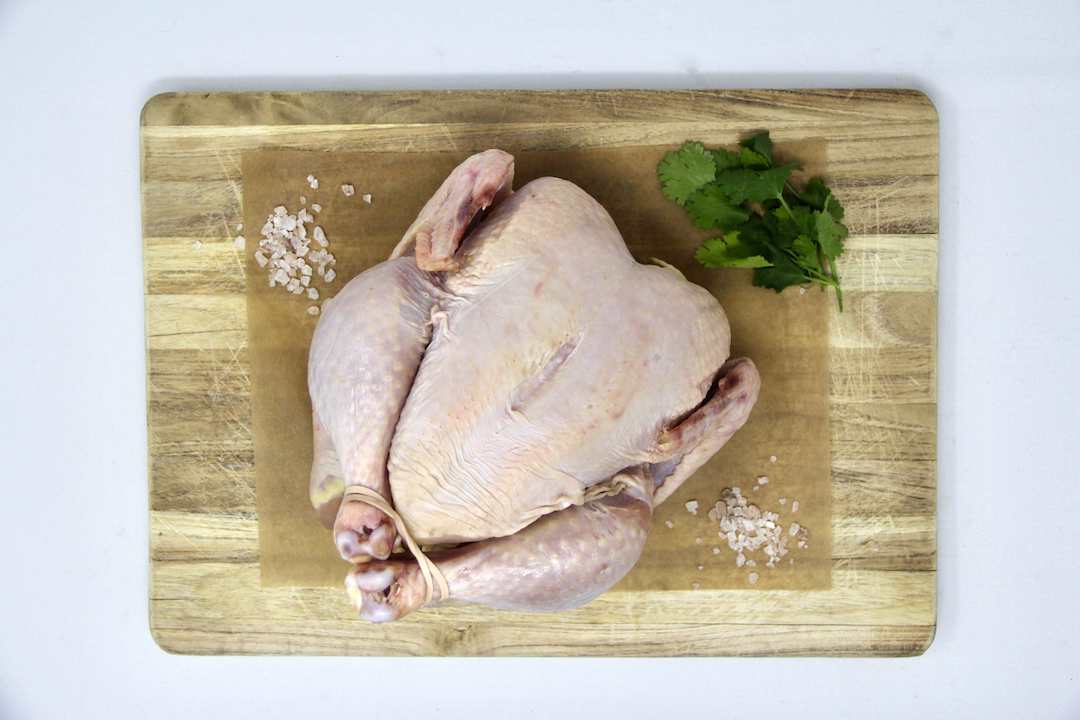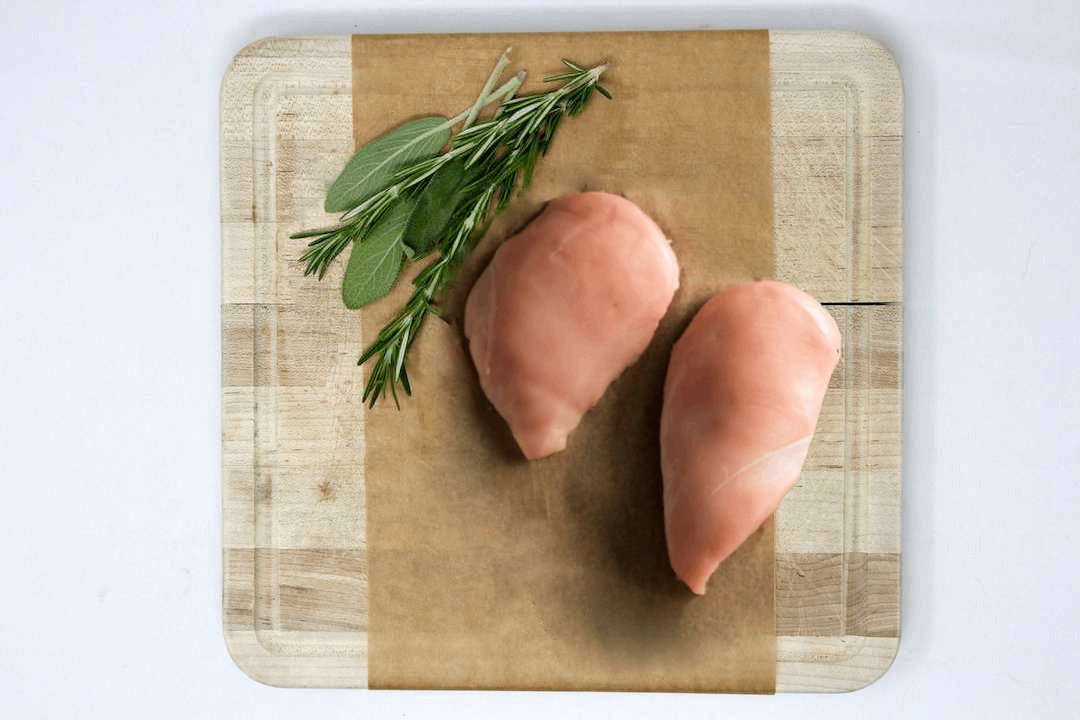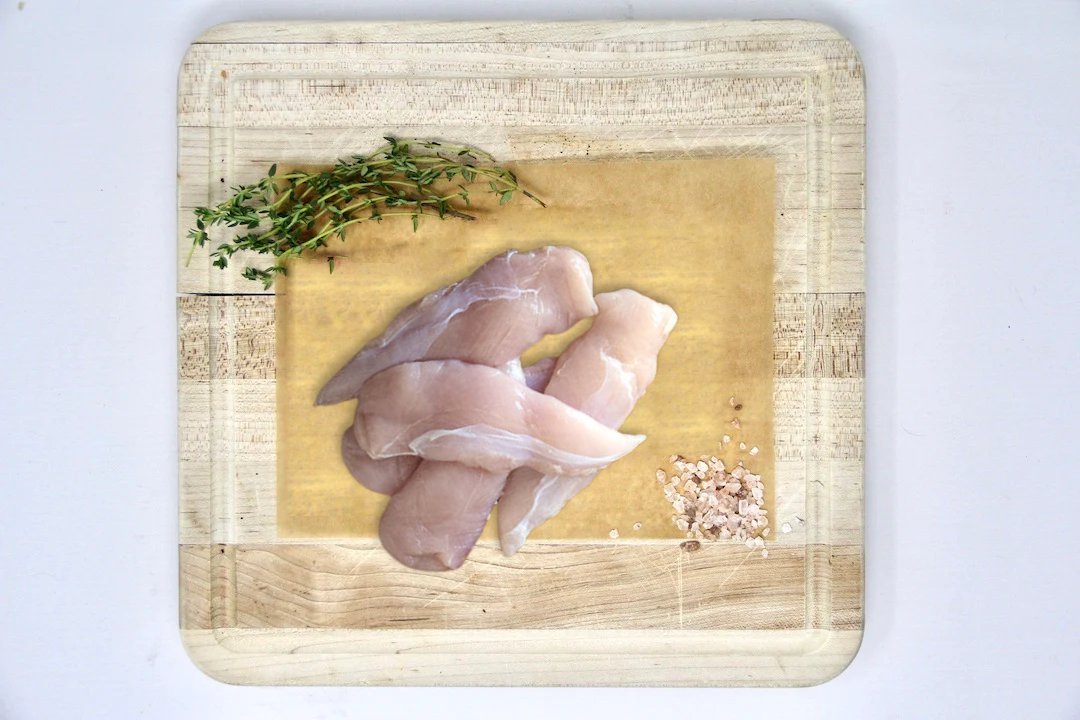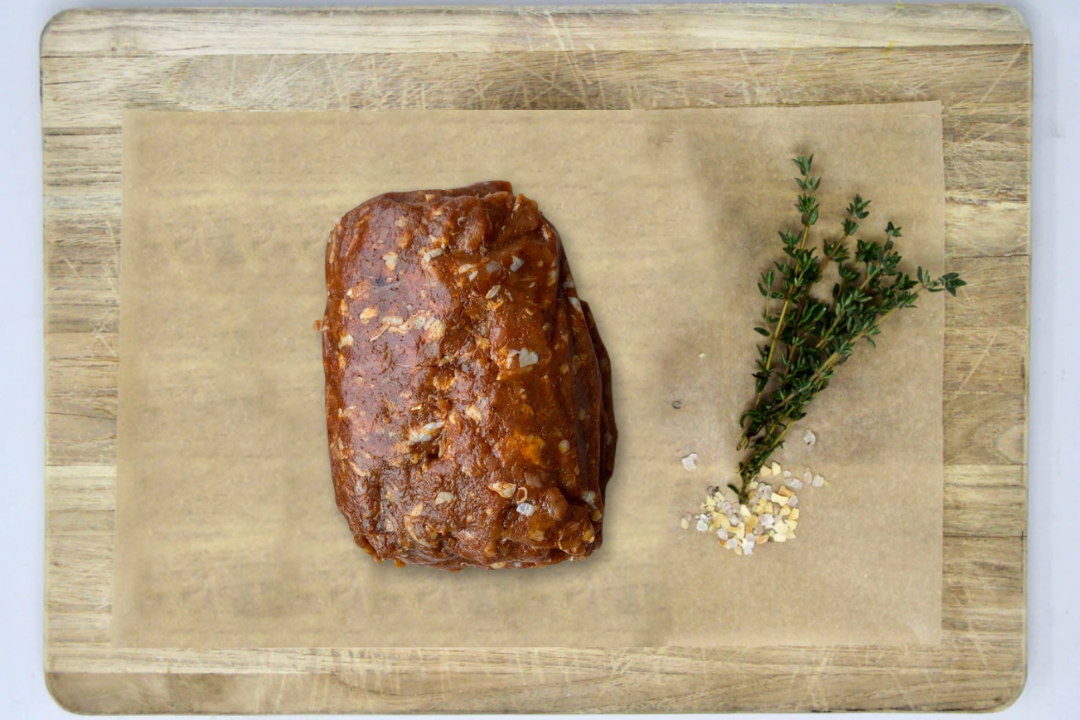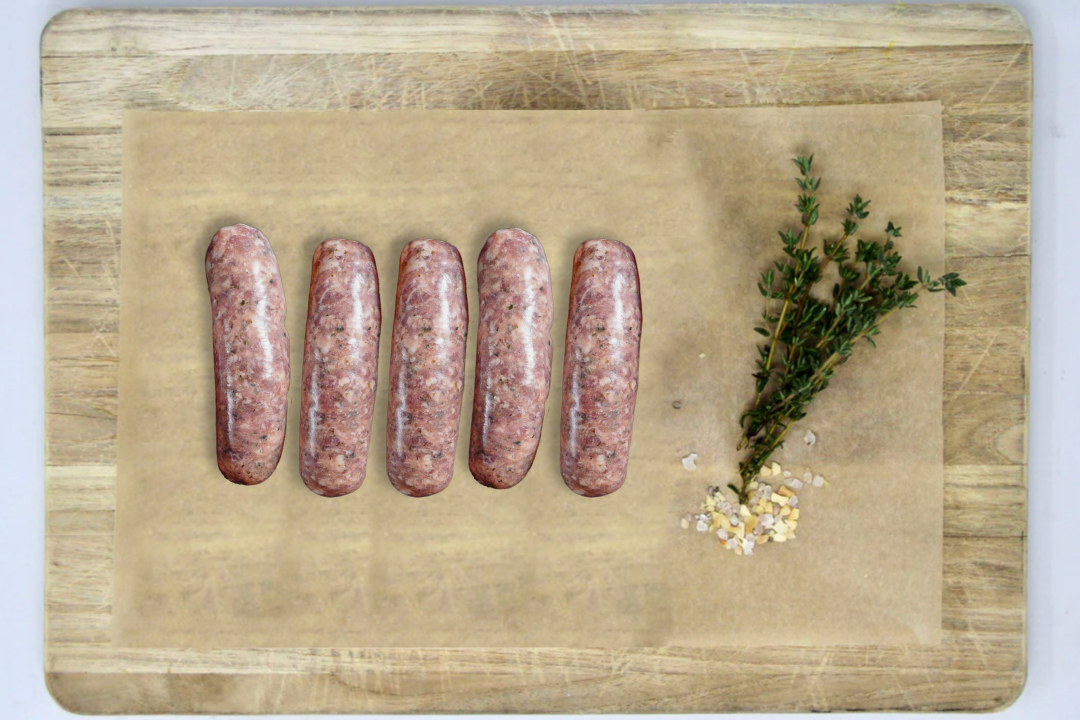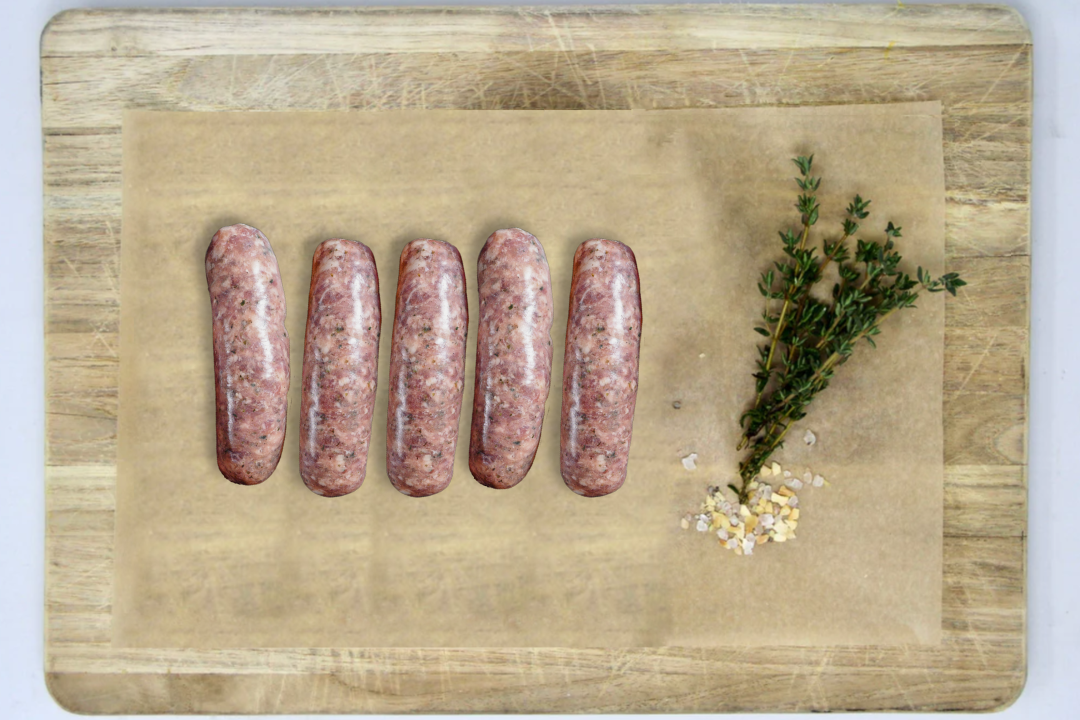

What Exactly are PUFAs?
In the world of food, there are good and bad fats. Polyunsaturated Fats (PUFAs) are usually seen as good fats because they can help your heart and brain. However, eating too much PUFA can lead to problems like inflammation, heart disease, and strokes.
That's why most medical professionals recommend low-PUFA diets. [1] The tale of PUFAs truly is a reminder that too much of a good thing is a bad thing.
PUFAs are found in vegetables such as canola, corn, soy, safflower, and sunflower. PUFAs are also found in seeds, fish oils, and animal foods.

Corn-and-Soy Free = Low-PUFA
Pasture-Raised Chicken
Our chicken are more than just low-PUFA. All of our chickens are pasture-raised and offer significant benefits, including higher levels of omega-3s, vitamins A, D, and E, and lower in (PUFA) polyunsaturated fatty acids. [2]
This method of farming is sustainable and regenerative, improving the land's health while providing animals with a humane environment. The diverse diet and humane conditions under which these chickens are raised result in healthier, tastier meat for consumers, supporting both environmental and personal well-being. [3]

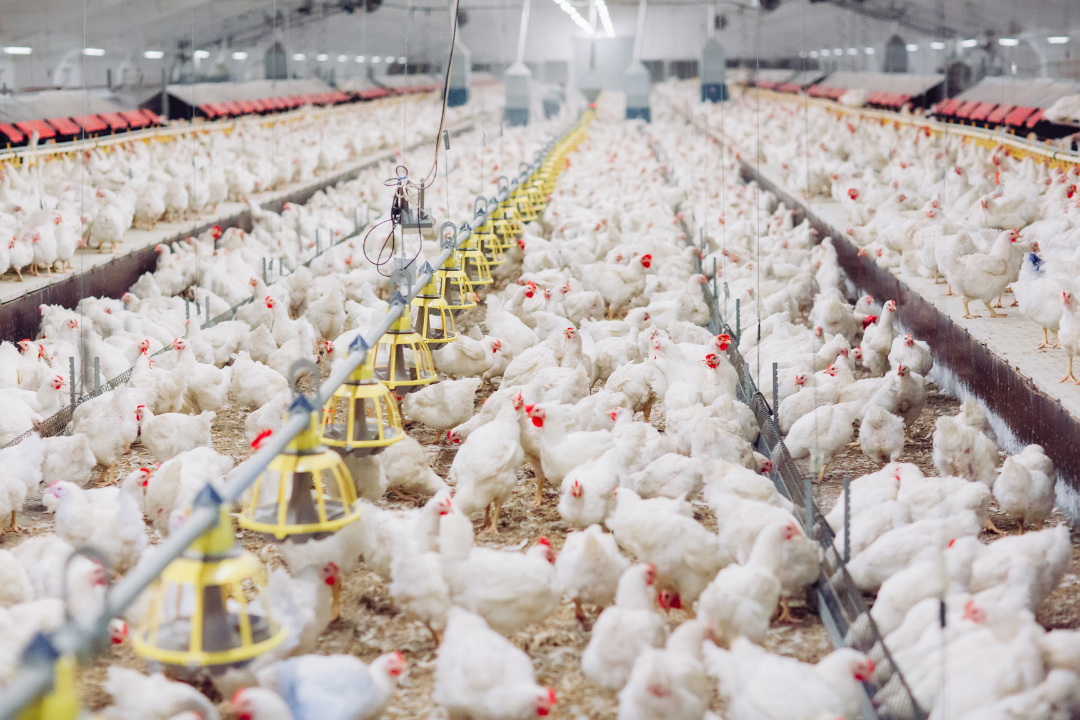
Conventionally Raised Chicken
Conventionally raised chickens, confined to limited indoor spaces, lack exercise and access to a natural diet. Their cramped living conditions lead to a diet heavy in grains. These grains increase their polyunsaturated fatty acids (PUFAs) levels and lower the vitamin content of the chicken. [4]
Regenerative Pasture-Raised
Better for you. Better for the animals. Better for the planet. Our regenerative farming practices leads to our low-PUFA chickens being healthier:
- Healthy living conditions
- Healthy birds without the use of vaccines and antibiotics
- Fresh air and sunlight
- Access to fresh grass and bugs with non-GMO supplemental feed


Low-PUFA Chicken for Sale
Sources
[1] Polyunsaturated Fats (PUFAs) was sourced from WebMD. You can read more about it on their website: "Polyunsaturated Fat: What Is It?" (WebMD)
[2] Karsten, H., & Patterson, P. (2010). Vitamins A, E and fatty acid composition of the eggs of caged hens and pastured hens. Renewable Agriculture and Food Systems. Penn State University.
[3] American Pastured Poultry Producers Association. (2018). The nutrition of pasture-raised chicken and meats.
[4] Miller, M., Gerval, A., Hansen, J., & Grossen, G. (2022). Poultry expected to continue leading global meat imports as demand rises. USDA Economic Research Service.

